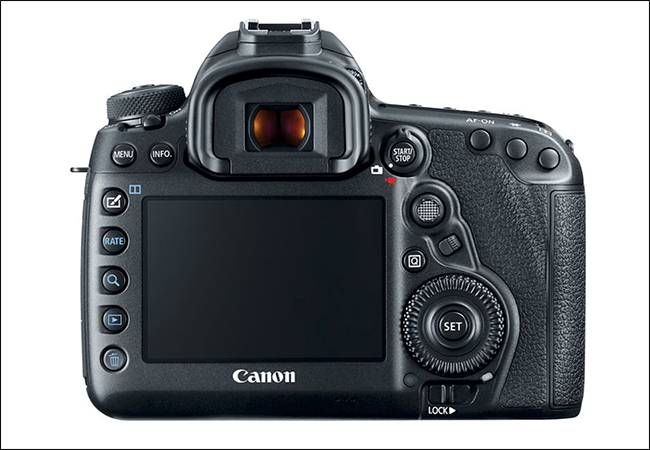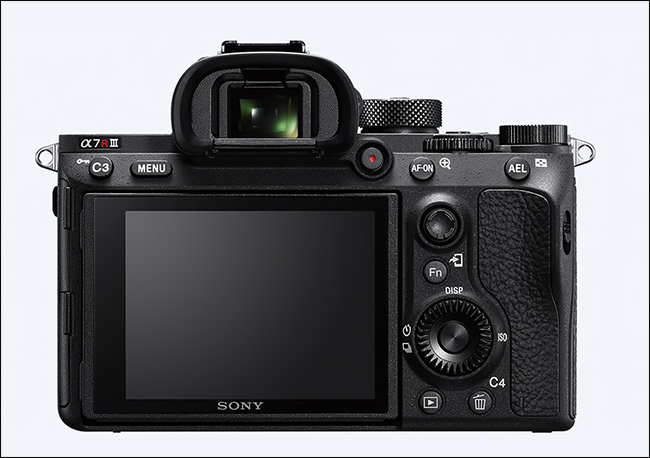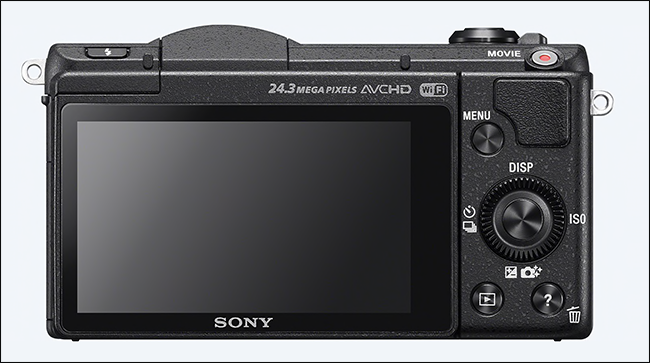The viewfinder is the bit you look through on your camera when you’re taking a picture. There are two main kinds: optical viewfinders and electronic viewfinders, although live view screens are also used. Let’s look at the differences between them.
Optical vs. Electronic Viewfinders
DSLRs have an optical viewfinder. It’s what makes them a DSLR. The “SLR” bit of their name means “single lens reflex” and is the mechanism by which light is directed from the lens to the viewfinder using mirrors and a prism. When you press the shutter button, the mirror lifts out of the way and the light hits the sensor instead so it can record an image.
Electronic viewfinders (EVFs) are found on some mirrorless cameras. They’re more likely to be standard on higher end models, but may be an optional extra on entry level models. Rather than use a mirror (“mirrorless”, ya get it?) to give you a preview of what you’re shooting, the digital sensor is always active and displays what it detects on a small electronic view screen where an optical viewfinder would be. Removing the mirror is a large part of what makes mirrorless cameras significantly smaller than DSLRs.
Live view screens are found on both DSLRs and mirrorless cameras. There are some—generally entry level—mirrorless cameras that have them exclusively. Like an electronic viewfinder, a live view screen displays what the sensor detects rather than using mirrors. When you use the live view screen on a DSLR, the mirror gets locked out of the way so that the light hits the sensor directly. The big thing about live view screens is that they’re, well, big. 3” screens aren’t uncommon.
Which One Should You Use?
What viewfinder you use is more a result of what camera you have rather than anything else. You can’t put an optical viewfinder on a mirrorless camera and vice versa. If you’re considering buying a new camera, however, there are some differences between them you can consider.
In general, any viewfinder plus a live view screen is better than just a live view screen. While live view screens are great for framing landscape images or focusing carefully, they’re awkward to use if your camera isn’t on a tripod because you need to hold it at arms length to see. This means you can’t brace the camera properly—and you look sort of foolish. Live view screens are also terrible in bright light; they’re just LCD screens, so you’ll struggle to see them if it’s really sunny out.
Older electronic viewfinders had a few issues with sharpness and ghosting since they are small, often low resolution, screens. Newer ones have mostly addressed these issues, although you will most likely still be able to notice that you’re looking at a screen—the dynamic range also isn’t as good as with optical viewfinders.
The big advantage of an electronic viewfinder is that the camera can overlay loads of extra information like what’s in focus or overexposed, and that you get an accurate preview of the depth of field and exposure.
Optical viewfinders are a factor in a lot of people sticking to DSLRs rather than switching to mirrorless. When you look through an optical viewfinder, you’re seeing straight out the end of the lens. This gives you a very clear, sharp view of the scene. There’s no possibility of delay or blurring. You also don’t get the slightly weird feeling of looking at a screen close up.
Personally, I still love the optical viewfinder on my DSLR, but my next camera will probably be a mirrorless. The advantages of EVFs are starting to outweigh the disadvantages. The main thing is that any viewfinder is better than a live view screen alone.
Image Credit: Jamie Street on Unsplash.




